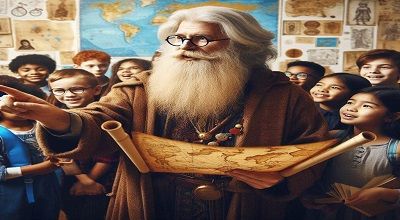Traditional Instruction
Traditional instruction refers to a conventional approach to teaching and learning. That has been widely used in education for many years. This method typically involves a teacher-centered approach. The teacher plays a central role in delivering information. Students are expected to listen, take notes, and memorize facts.
Here are some key characteristics of traditional instruction
- Teacher-Centered: In traditional instruction, the teacher is the primary source of information. And is responsible for delivering content to the students. The teacher often leads the class through lectures, demonstrations, or presentations.
- Textbook-Based: Tradition instruction often relies heavily on textbooks as the main resource for learning. Students read assigned chapters or sections, and the teacher supplements this with explanations and examples.
- Lecture Format: Lectures are a common feature of traditional instruction. The teacher presents information verbally to the entire class. Students are expected to absorb and understand the material.
- Memorization: There is often an emphasis on memorization of facts and information. Students are tested on their ability to recall specific details and concepts.
- Structured Classrooms: Traditional classrooms are typically organized in a way. That supports the teacher’s role as the primary disseminator of information. Desks are often arranged in rows facing the front. Where the teacher stands or uses a chalkboard/whiteboard.
- Assessment through Exams: Assessment in tradition instruction often involves exams, quizzes, and tests. That measures a student’s ability to regurgitate information. These assessments are usually summative, occurring at the end of a unit or course.
Summary
While traditional instruction has been a dominant model for centuries and has its merits, it also has its criticisms. Some argue that it may not effectively engage all types of learners. As it tends to be more passive and less interactive. In recent years, there has been a shift towards more student-centered and active learning approaches, incorporating technology, collaborative activities, and real-world applications to enhance the learning experience.
